

Imagine living in a sophisticated home designed for urban living, without the prolonged build times or hefty price tags of traditional houses. This is the reality behind modern modular homes in Melbourne. These innovative residences are crafted using pre-fabricated modules, which are constructed off-site and then assembled rapidly on location. The result? A blend of quality, customisation, and stylish design that caters to city dwellers seeking an affordable yet luxurious lifestyle.
In Melbourne, the demand for flexible and cost-effective housing is higher than ever. Modular homes have stepped in as a practical solution, combining architectural flair with convenience. These dwellings make high-end finishes and sustainable living accessible, all while cutting construction time dramatically. Melbourne residents are increasingly turning to modular choices that fit modern urban needs yet do not compromise on comfort or aesthetics.
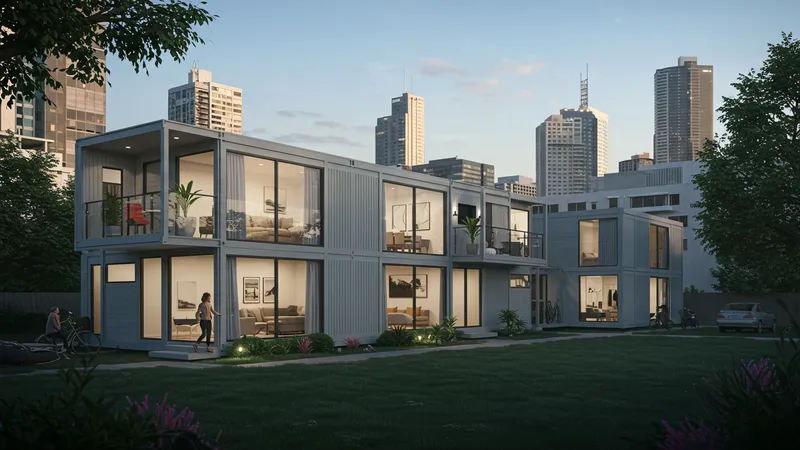
One of Melbourne’s key housing trends is the embrace of modular homes by urban professionals and young families. Compared with conventional construction, these homes offer substantial time savings—often taking just 12–16 weeks from initial order to move-in. This efficiency is especially attractive in Australia’s dynamic property landscape.
Sustainability is another driving force. Melbourne’s modular homes frequently incorporate recycled materials, energy-efficient systems, and passive solar orientation. Buyers are reassured by lower ongoing utility expenses and a reduced environmental footprint, all without sacrificing the high-end finishes urban buyers expect.
Quality control is a standout feature. Since modules are built in factory settings, construction is less affected by weather delays or on-site complications. This precision leads to superior insulation, tight-sealing doorways, and detailed craftsmanship—uncommon in many other rapid-build structures.
Finally, modular homes in Melbourne are redefining luxury. Features previously reserved for premium custom builds—like open-plan living, floor-to-ceiling glazing, and European appliances—are fast becoming standard. Each of the top manufacturers offers tailored options, enabling residents to personalise everything from flooring types to exterior cladding.
In summary, Melbourne’s modular homes deliver a compelling combination of speed, sophistication, and sensible pricing. But how do these modular masterpieces stack up in designs, features, and value as you explore deeper? The deeper details reveal even more valuable insights ahead…
Modular homes in Melbourne stand out for their emphasis on contemporary architecture and clever use of space. For example, Modscape designs often feature cantilevered decks, minimalist facades, and generous natural light. Arkular’s Urban Series adapts perfectly to narrow city lots, allowing for multi-level living within a compact footprint. These distinctive design approaches allow buyers to maximize urban land use without feeling cramped.
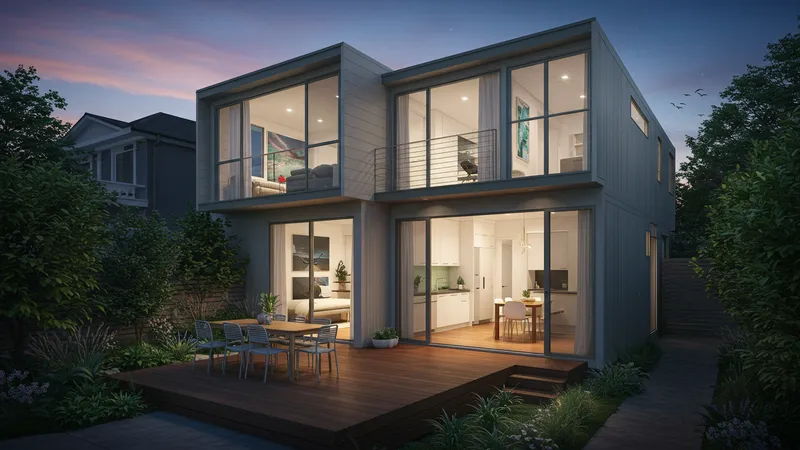
Interior spaces in modular housing put a premium on openness and adaptability. Flexible walls, multi-purpose rooms, and sleek built-in storage are now normal. Prebuilt Residential frequently incorporates open-plan kitchens, integrated smart-home systems, and even concealed study nooks. This flexibility suits Melbourne’s diverse professional and family lifestyles, providing a customized living experience for different needs.
The finishes and materials available also contribute to the perception of luxury. Many Melbourne modular offerings include engineered timber floors, stone benchtops, and double-glazed windows as standard. Some even allow upgrades such as underfloor heating or European appliances, reflecting a shift toward attainable prestige in city housing.
Despite being pre-fabricated, modular homes do not compromise on personalisation. Brands typically invite buyers to select cladding types—like Colorbond steel or blackbutt timber—and a palette of interior finishes. As a result, these city dwellings appear anything but ‘cookie-cutter,’ enhancing Melbourne’s reputation for design-forward housing options.
The affordability of modular homes is reshaping the housing debate in Melbourne. On average, modular builds cost 10–15% less per square meter than comparable site-built houses in metropolitan Australia. For example, Arkular’s compact models start near AUD $290,000, whereas a similarly sized new build in inner-city suburbs could exceed AUD $400,000. This price advantage is further compounded by reduced holding costs, as shorter build times mean buyers save on rent or loan interest during construction.
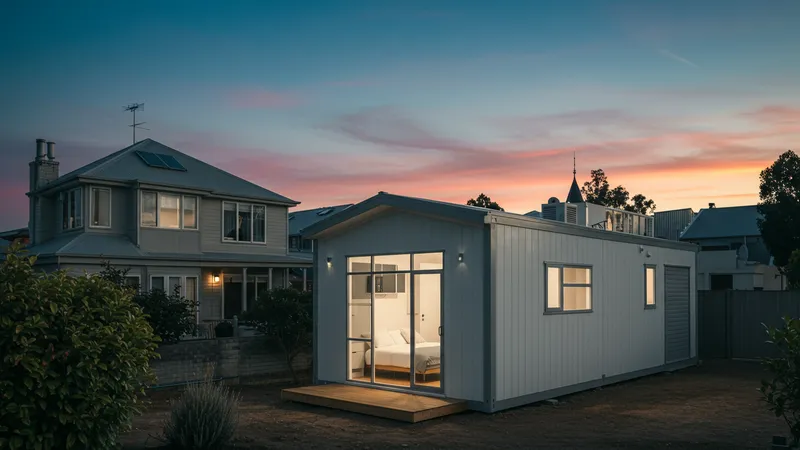
Beyond initial outlay, modular homes tend to produce long-term savings. They are engineered for energy efficiency, boasting superior insulation and smart window placement. Lower heating/cooling bills further boost the overall value proposition for Melburnians who prioritise efficient living without hefty ongoing costs. For many, this is a welcome relief amidst Australia’s rising energy prices.
Upfront transparency is also a hallmark of the modular industry. Leading builders in Melbourne, like Prebuilt, provide detailed pricing and specification breakdowns from the outset. Unlike conventional construction, where build costs can escalate, clients of modular housing typically experience fewer surprises. This predictability is particularly reassuring in the context of urban property investment.
Finally, modular homes offer the flexibility to prioritise key features within budget restraints. Buyers may begin with a core design and add luxury features—like bespoke cabinetry or solar panels—as finances allow. Ultimately, modular homes demonstrate that luxury can be responsibly managed, making them a stand-out option in the competitive Melbourne market.
Sustainability is at the forefront of modular home design in Melbourne. Companies such as Modscape and Arkular prioritise energy efficiency, often exceeding local building codes for insulation and ventilation. Many modular builds integrate solar power, rainwater harvesting, and high-performance glass, helping homeowners minimise both environmental impact and ongoing expenses amidst Australia’s frequently changing climate regulations.
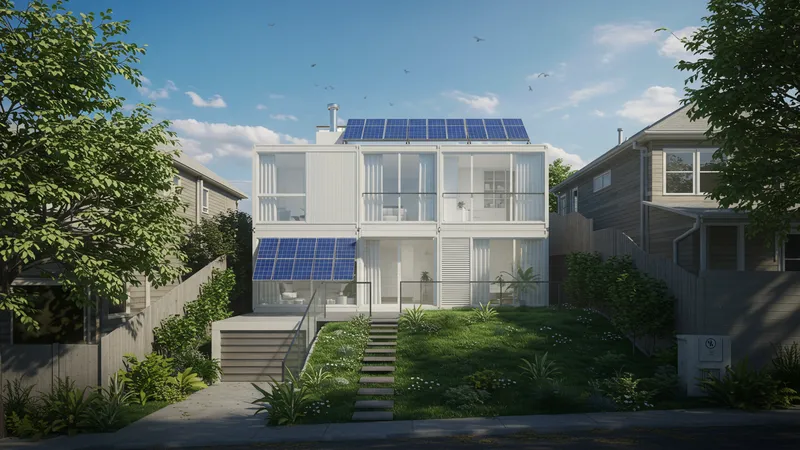
Urban suitability is another major advantage. Modular homes are engineered to address the constraints of city living, from challenging parcel shapes to limited construction access. The modular building process allows for homes to be erected even on narrow or sloped Melbourne blocks, where traditional construction would be prohibitively slow or disruptive. This adaptability has made modular options immensely popular in suburbs experiencing rapid densification.
Because modules are constructed in controlled environments, waste is drastically reduced. Manufacturers can precisely estimate material requirements and recycle offcuts—contributing to both environmental and financial efficiencies. The streamlined assembly process also means less noise and disruption for neighbouring residents, a key perk in Melbourne’s denser districts.
Many local councils in Melbourne actively encourage the adoption of modular homes due to their lower environmental footprint. This can translate into priority planning approvals and council rebates for energy-efficient features, further benefiting buyers committed to responsible urban living. The city’s strong sustainability ethos finds a perfect match in the advancements offered by today’s modular housing leaders.
A defining strength of Melbourne’s modular home market is the high level of customisation available to urban buyers. Whether choosing from Modscape’s extensive range of layouts or personalising finishes with Arkular, homeowners can adapt their residence to suit evolving lifestyles. This flexibility not only produces unique homes but also allows for tailored upgrades, such as smart lighting networks, enhanced acoustics, or home office pods.
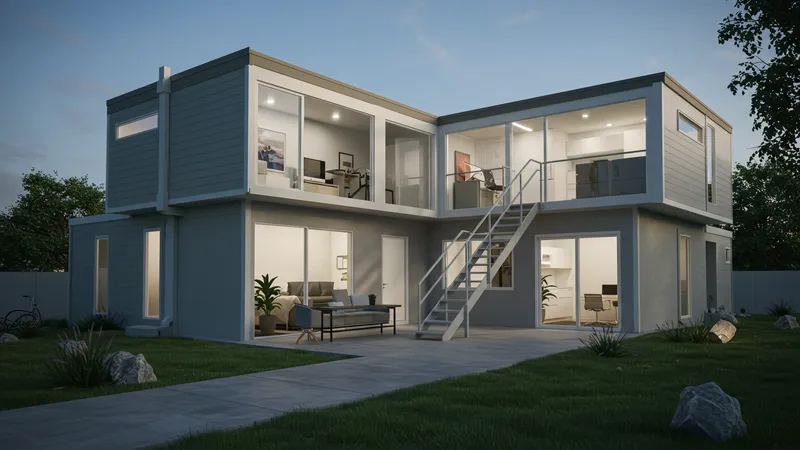
Another key benefit is future-proofing. As Melbourne continues to grow and resident needs change, modular homes can be reconfigured, relocated, or expanded. Prebuilt Residential, for example, designs homes with modular adaptability at their core, streamlining the addition of a new wing or level as family or work requirements shift.
Homeowners are also increasingly seeking out modular options for their capacity to age in place. Features like step-free entryways, accessible bathrooms, and adaptable room configurations are becoming standard inclusions, supporting long-term liveability as urban residents plan for the future.
This customisable approach enables residents to anticipate property market shifts, regulatory updates, or evolving personal needs. By selecting a modular home in Melbourne, buyers are investing in a residence built to last—not just in construction quality but in its capacity to meet the demands of tomorrow’s urban living.